Across the Great Lakes region, new fledglings have left their nests and are learning what it means to be a bird. Mid-July is also when shorebirds begin their fall migration journeys, kicking off the migration season! These early migrants will move through Great Lakes coastal mudflats, wetlands, beaches, and flooded fields into August as they prepare to fly as far south as the coasts of Chile and Argentina!
Great Lakes wetlands – along both the Great Lakes coast and inland around lakes, ponds, rivers and streams – provide shorebirds and other migratory birds with water, food, and shelter during their long journeys. Because wetlands are such an important resource for migrating birds, many of them follow Great Lakes coastlines on their journeys south. As such, wetlands are also one of the best habitats to visit for fall shorebird migration!
Prepare for your next birding trip by keeping a close eye on the weather. Cold fronts and storms are the most important weather feature to track. These natural events can result in an awe-inspiring migratory movement known as a “fall-out.” Check your weather regularly or visit BirdCast, a special forecast tool that predicts when birds will be moving near you!
Here are a few Great Lakes migratory shorebirds to look for over the next month, with tips on how to ID them as many will be molting out of their breeding plumage:
Great Lakes Piping Plover
This beloved endangered shorebird has a pale grey back and head cap. Non-breeding adult and juvenile Piping Plovers will lack a complete breast band. In mid-July female Piping Plovers will begin to head south, leaving their mates to finish raising the chicks. You can help protect this endangered shorebird by sharing the shore and giving it space to nest, and rest during its migratory journey. If you encounter a banded Plover, you can report your sighting and contribute important data to the recovery effort.
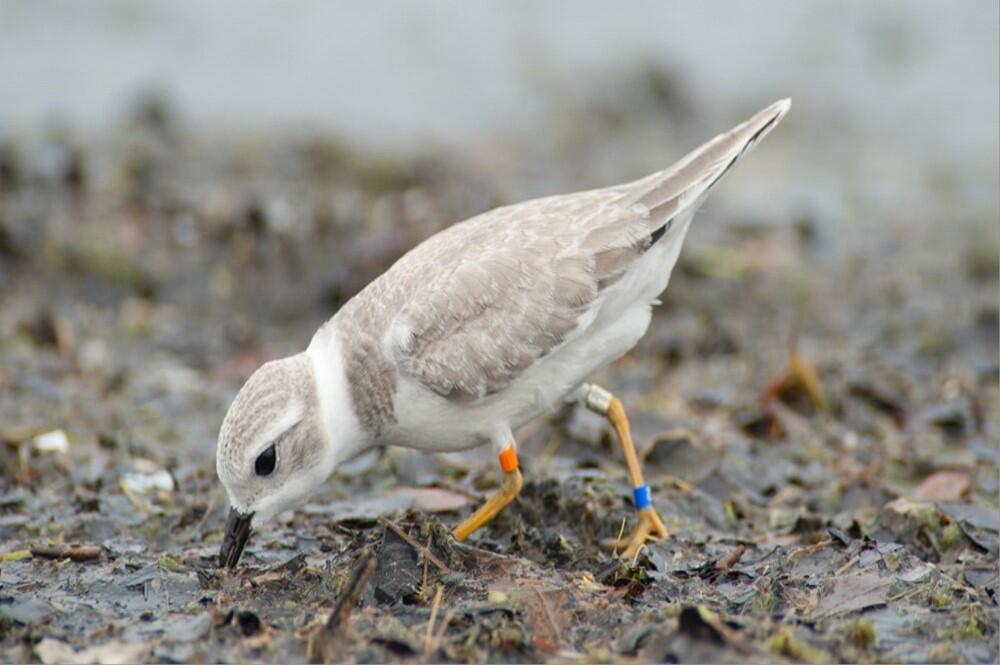
Semipalmated Plover
Sometimes confused with the endangered Piping Plover, the small Semipalmated Plover is darker overall and has a complete breast band.
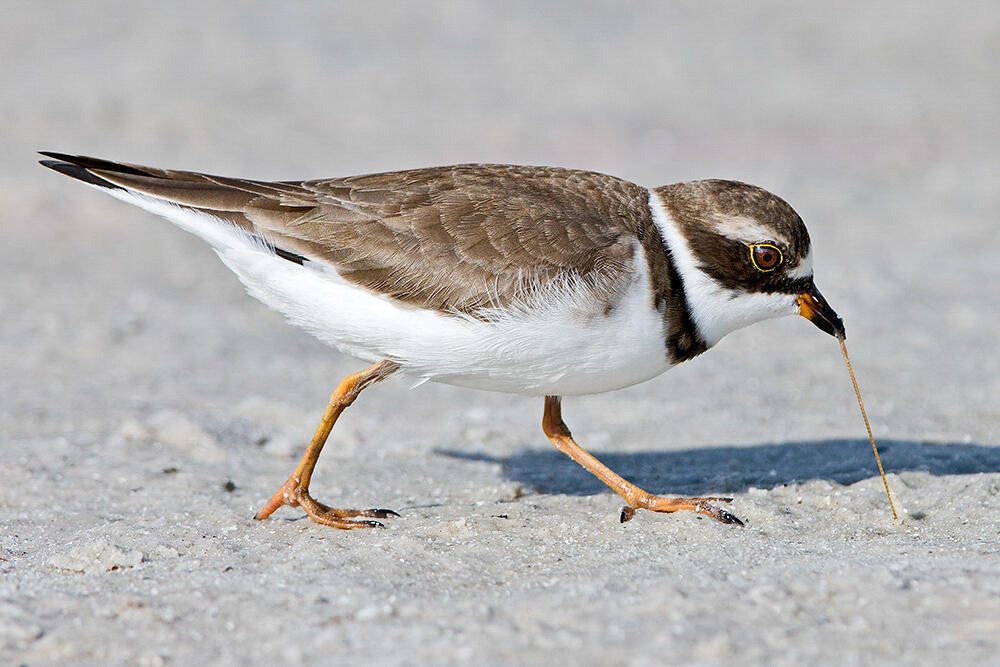
Least Sandpiper
Sometimes mistaken for Semipalmated Sandpipers, this small sandpiper has yellow legs and is brownish with a smudgy brown breast.
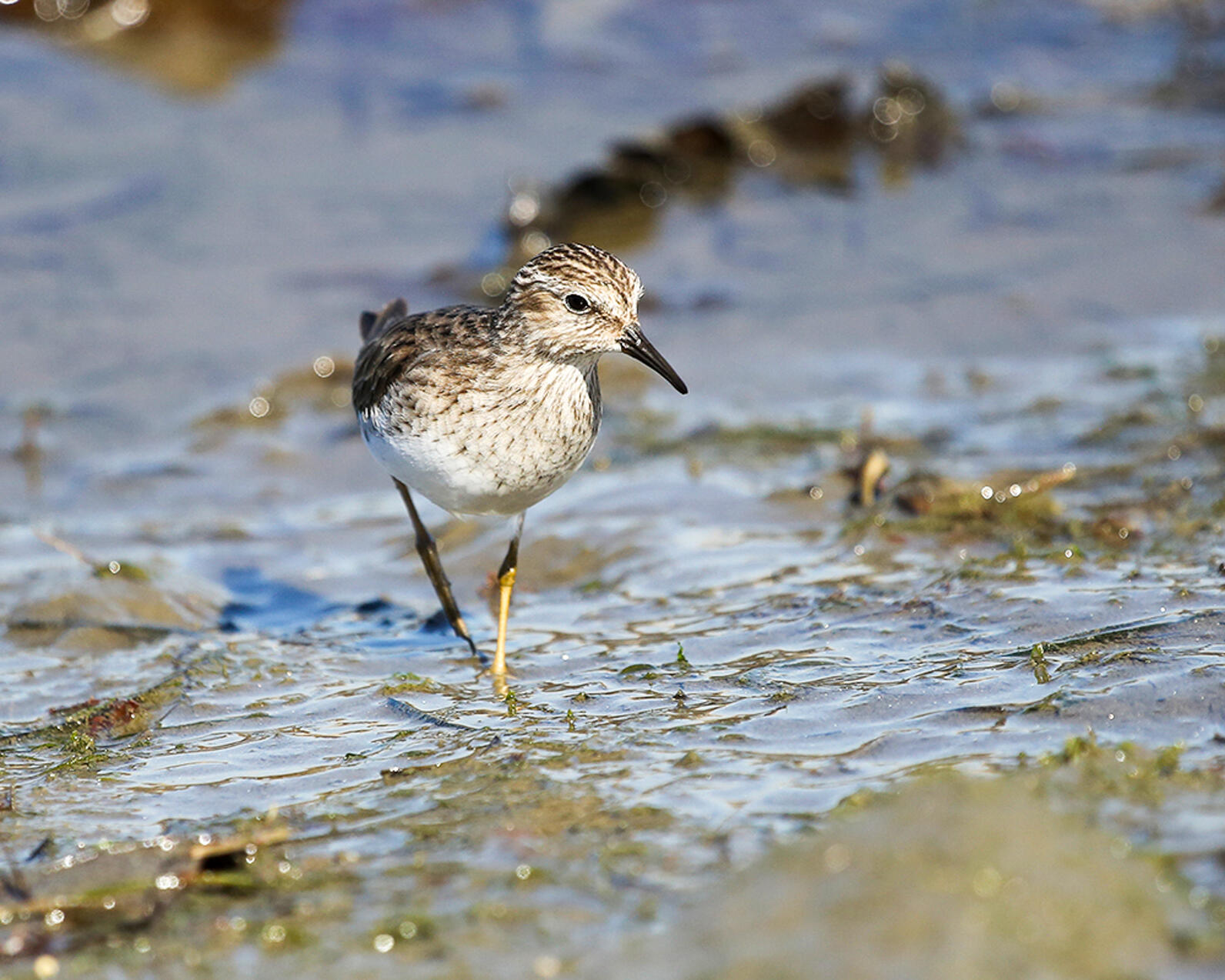
Semipalmated Sandpiper
The Semipalmated Sandpipers is slightly larger than the Least Sandpiper, with black legs, a greyer back, and a stouter bill.

Greater Yellowlegs
Sometimes confused for Solitary Sandpipers, Greater Yellowlegs are larger with longer, bright yellow legs.
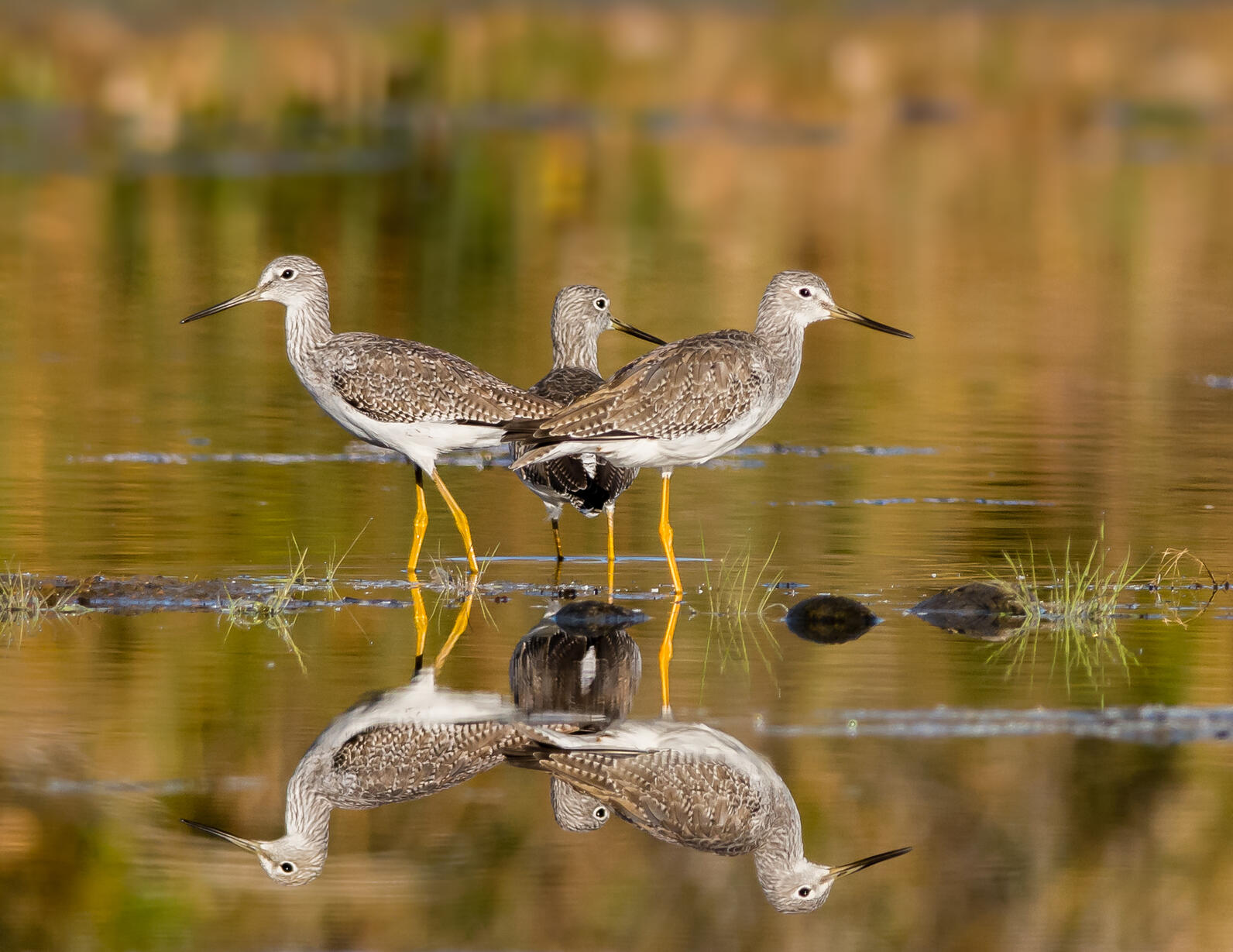
Lesser Yellowlegs
Difficult to tell apart from the Greater Yellowlegs, the Lesser Yellowlegs is smaller with a shorter, thinner bill, and has less streaking on the neck.
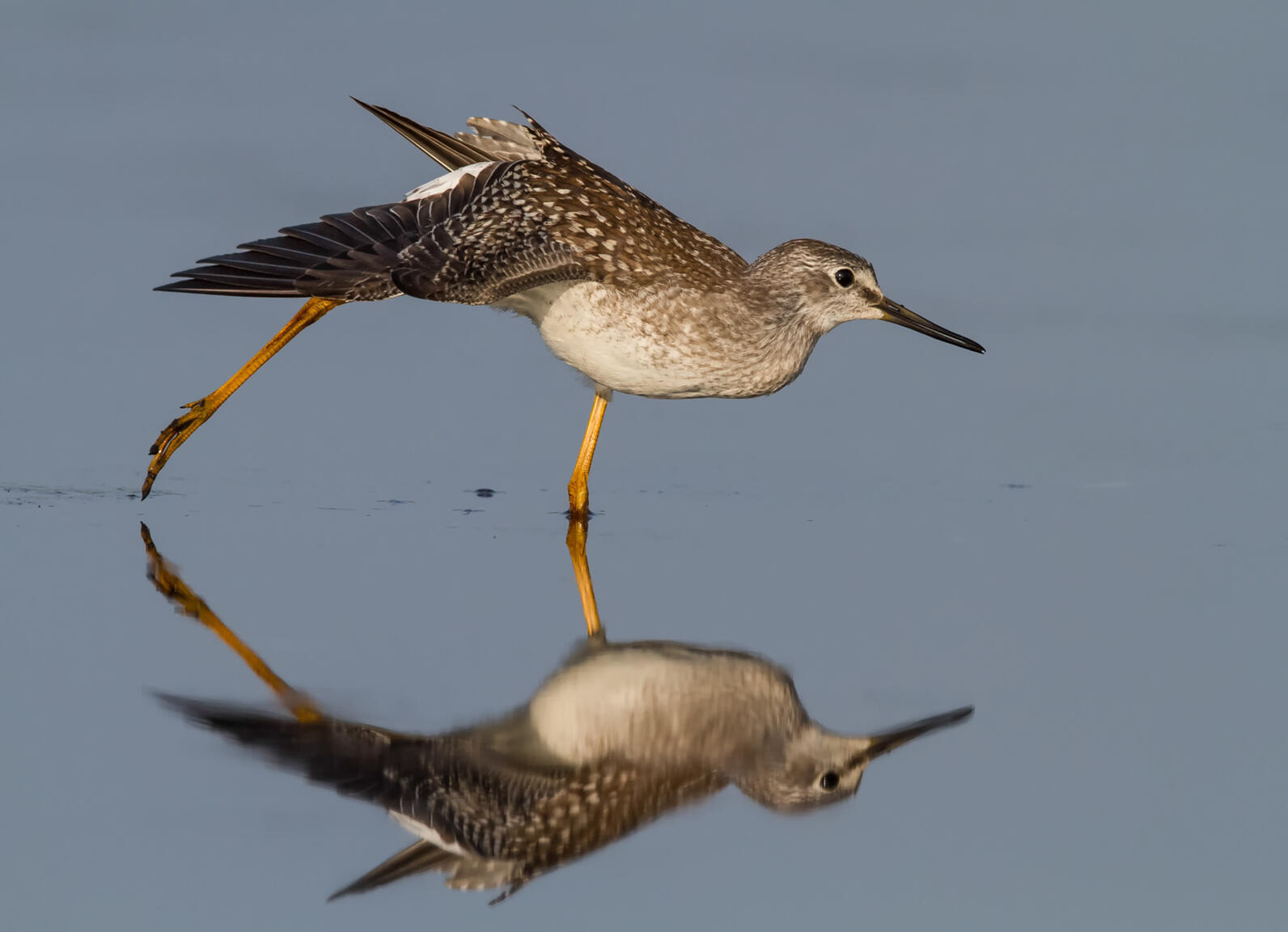
Spotted Sandpiper
This sandpiper often walks in a crouched position and bobs its tail up and down almost constantly. It has spots on its breast and belly, which disappear as it molts out of breeding plumage.
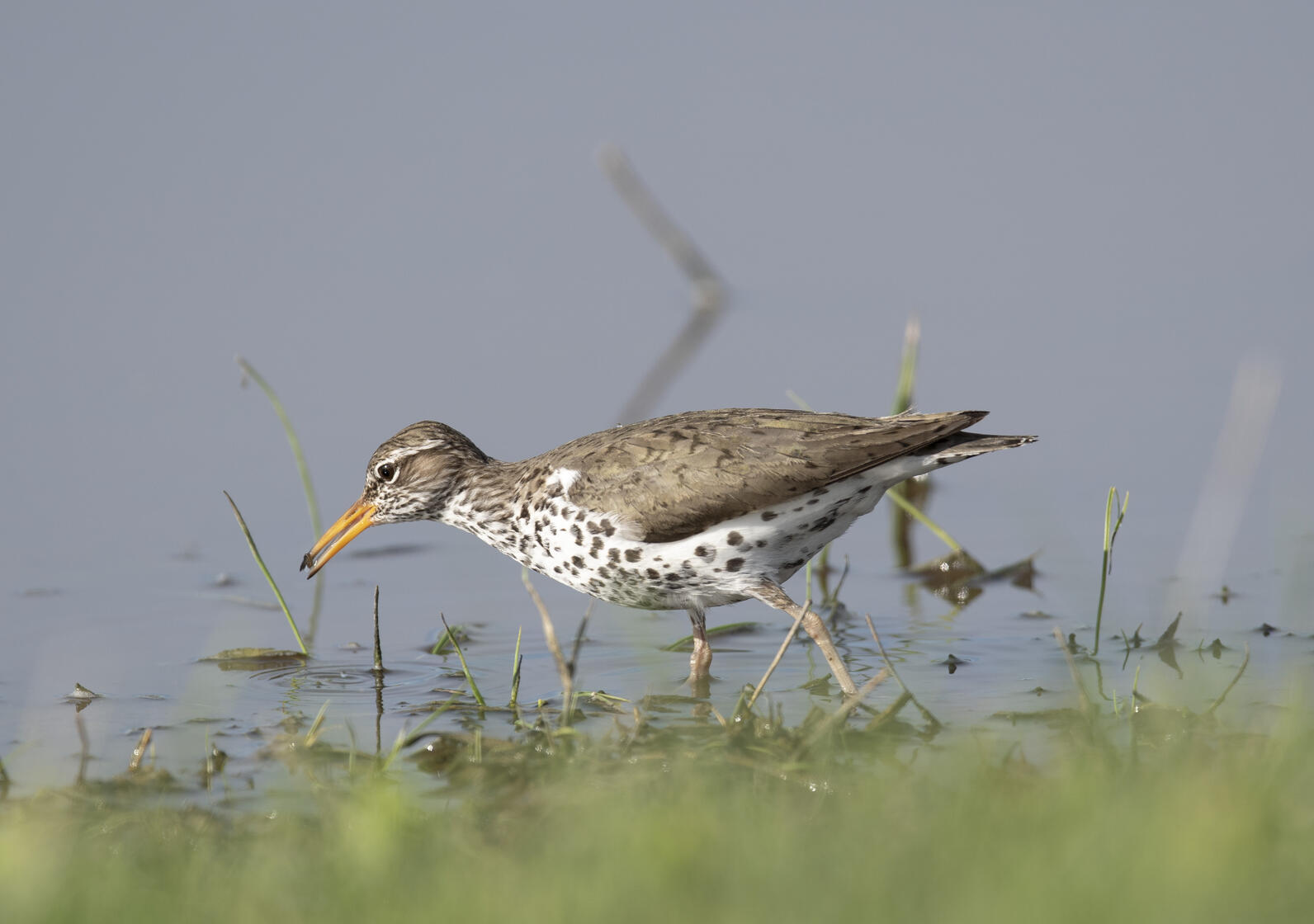
Submit your shorebird observations to eBird and happy birding!
ABOUT MI BIRDS











